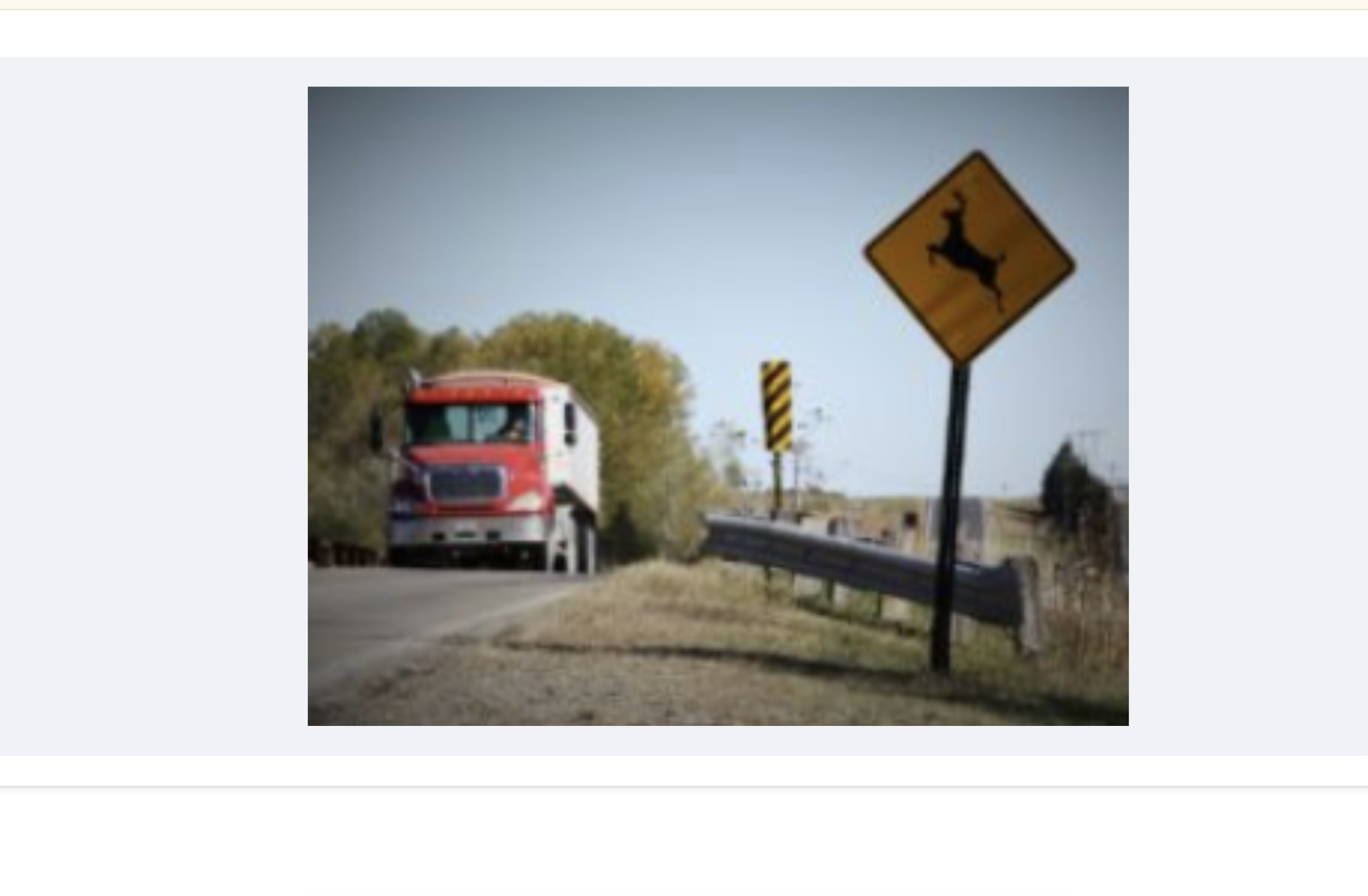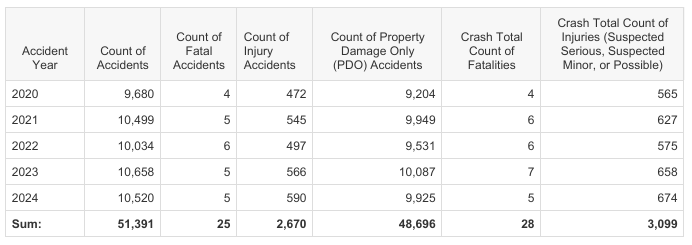
KANSAS DEPARTMENT OF TRANSPORTATION
Vehicle-deer crashes can happen any day of the year on Kansas roadways. Across the state, 39% of all single-vehicle crashes in 2024 involved a collision with a deer. The Kansas Department of Transportation reports five people were killed and 674 people were injured in collisions with deer in 2024.
These crashes greatly increase from now until the end of the year because of deer breeding season, with November typically the peak time.
This is why KDOT, the Kansas Highway Patrol, the Kansas Department of Wildlife and Parks, AAA Kansas and the Kansas Turnpike Authority are joining to raise awareness and help decrease deer-vehicle crashes.

“Serious crashes are more likely to occur when drivers swerve to avoid a deer, as this can lead to loss of vehicle control, departure from the roadway or collisions with oncoming traffic,” said KHP Lieutenant Chad Crittenden. “It is often safer to brake firmly and stay in your lane.”
Shawn Steward, Public Affairs Manager for AAA Kansas, said that in addition to the inconvenience of your vehicle damage, the cost of repairs may put a serious dent in your wallet, especially if you don’t have comprehensive auto insurance coverage.
“AAA insurance statistics show the average claim in Kansas for an animal strike in 2024 was $8,430 – up 103% in just five years,” Steward said. “This is largely due to advanced vehicle technology such as cameras and sensors, driving up the cost of repairs.”
Anyone involved in a collision with a deer or other animal resulting in personal injury or property damage totaling $1,000 or more is required to immediately report the incident to the nearest law enforcement agency.
KDWP prioritizes reducing deer-vehicle collisions in managing the Kansas deer population. However, motorists should be prepared for a higher risk of collisions in the fall, said Levi Jaster, KDWP Big Game Program Coordinator.
“Even in areas with fewer deer, seasonal habitat changes and mating can bring deer onto roads at any time of day or night,” Jaster said. “Drivers should be especially cautious at dawn and dusk and stay attentive in areas with good deer habitat. Slowing down and remaining alert are the best ways to avoid a collision.”
Roadway safety officials suggest drivers:
• Be watchful at dawn and dusk - deer are more active and they seldom travel alone.
• Be alert and reduce speeds near wooded areas and near water sources.
• Vehicle-deer collisions can happen on any rural or urban roadway – the signs show areas where high numbers have occurred in the past.
• Do not swerve, this can cause motorists to veer into oncoming traffic, run off the road, hit objects or overturn.
• Use bright headlights when there is no oncoming traffic – the deer’s eyes often reflect.
• If possible, move the vehicle to the roadway’s shoulder after a collision and call law enforcement – KHP dispatch at *47, turnpike users at *KTA or local law enforcement at 911.
• Put the vehicle’s hazard lights on and keep your seat belt fastened.
• Contact your insurance company to report damage.
Increase roadway safety this fall and throughout the year by staying alert, obeying posted laws and eliminating distractions while driving. Always wear a seat belt and use appropriate child safety seats, every trip, every time.



